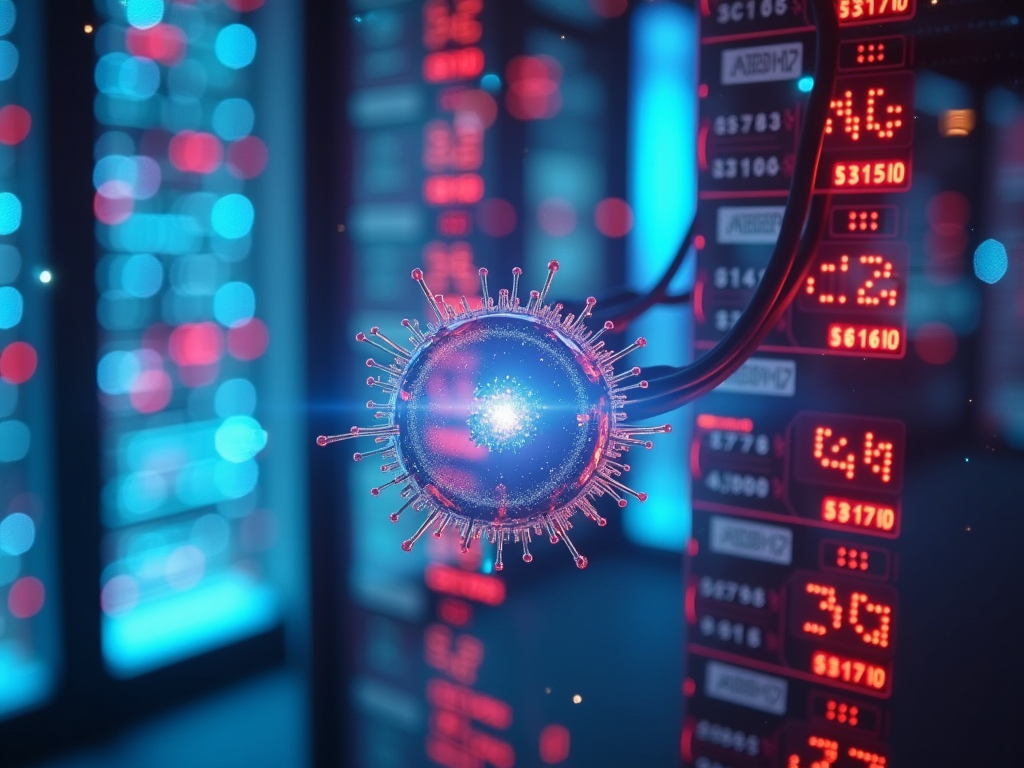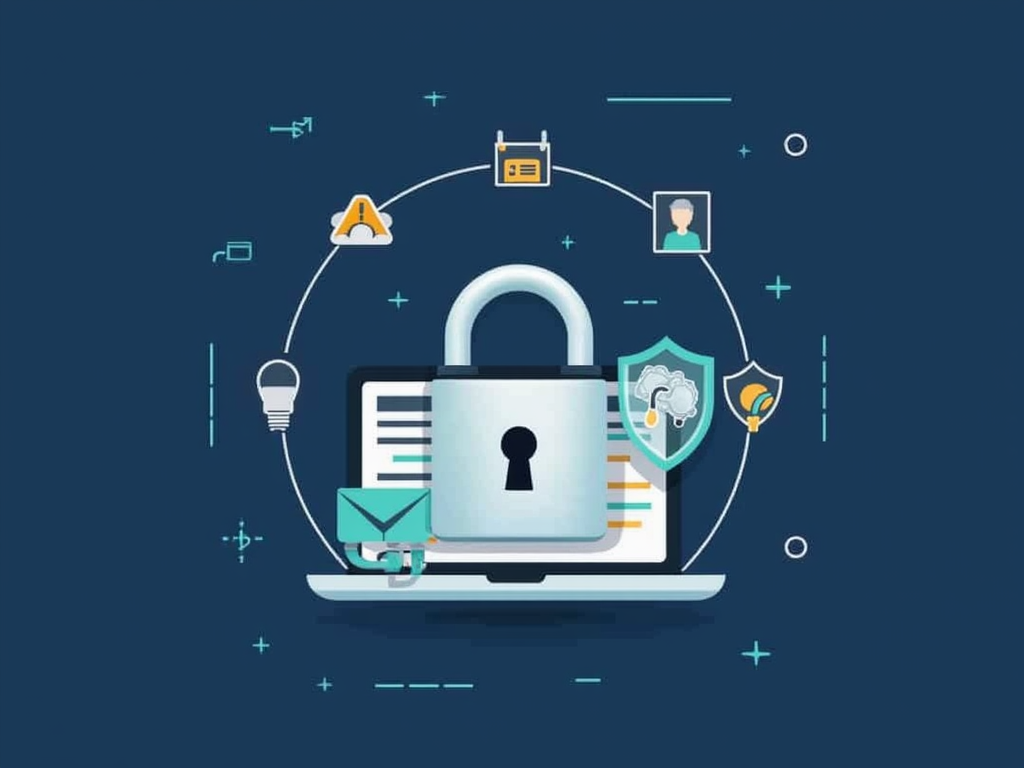The Best Tools for Detecting and Removing Malware: A Comprehensive Guide
Malware, short for malicious software, is a type of harmful code that can compromise the security and integrity of your computer or network. Detecting and removing malware is crucial to preventing data breaches, identity theft, and other cyber attacks. In this article, we’ll explore the best tools for detecting and removing malware, helping you protect your digital assets from these threats.
Detecting Malware
Before we dive into the removal process, it’s essential to detect the malware in the first place. Here are some of the best tools for detecting malware:
1. Malwarebytes
A popular choice among cybersecurity enthusiasts, Malwarebytes is a powerful tool that detects and removes malware, including rootkits, Trojans, and other types of malicious software.
- Pros: Highly effective in detecting unknown malware variants.
- Cons: May flag false positives, requiring manual verification.
2. Microsoft Defender Advanced Threat Analytics (ATA)
A part of the Microsoft Defender suite, ATA detects advanced threats, including malware, that evade traditional detection methods.
- Pros: Integrates well with Microsoft services, providing real-time threat intelligence.
- Cons: Requires a Microsoft Azure subscription for full functionality.
3. ClamAV
An open-source scanner, ClamAV is designed to detect and remove various types of malware, including viruses, Trojans, and other malicious code.
- Pros: Free and widely used, with a strong community-driven development process.
- Cons: May not detect all types of malware, requiring manual updates for the latest threats.
Removing Malware
Once you’ve detected the malware using one or more of the above tools, it’s time to remove it. Here are some top-notch tools for removing malware:
1. Revo Uninstaller
A popular uninstallation tool with a twist: Revo Uninstaller can also remove malware, including rootkits and other types of malicious software.
- Pros: Highly effective in removing stubborn malware programs.
- Cons: May not detect all types of malware, requiring manual verification.
2. CCleaner
A well-known system cleaning utility, CCleaner offers a “Registry Fix” feature that can help remove malware from Windows systems.
- Pros: Effective in cleaning up unnecessary files and registry entries.
- Cons: May not be as effective against more sophisticated malware threats.
3. Kaspersky Removal Tool
A tool specifically designed for removing Kaspersky-related malware, this utility is also useful for removing other types of malicious software.
- Pros: Highly targeted at removing Kaspersky-related malware, with a high success rate.
- Cons: Limited functionality against non-Kaspersky malware variants.
Best Practices for Detecting and Removing Malware
While the tools above are excellent at detecting and removing malware, it’s crucial to follow best practices to ensure your digital assets remain secure:
- Keep software up-to-date: Regularly update operating systems, applications, and antivirus software to stay protected against the latest threats.
- Back up data: Schedule regular backups of important files and data to prevent loss in case of a malware infection.
- Use strong passwords: Choose complex passwords for all accounts, and consider using password managers to keep them secure.
- Be cautious with downloads: Avoid downloading software or files from untrusted sources, as they may contain malware.
- Use a reputable antivirus solution: Install an antivirus program that includes real-time protection, automatic updates, and scheduled scans.
By following these best practices and utilizing the best tools for detecting and removing malware, you’ll significantly reduce the risk of falling victim to cyber attacks.
Conclusion
Malware is a significant threat to your digital assets, but with the right tools and best practices in place, you can effectively detect and remove it. By leveraging the tools discussed above, such as Malwarebytes, Microsoft Defender Advanced Threat Analytics (ATA), ClamAV, Revo Uninstaller, CCleaner, and Kaspersky Removal Tool, you’ll be well-equipped to keep your computer and network secure. Remember to stay vigilant, keep software up-to-date, back up data, use strong passwords, be cautious with downloads, and rely on a reputable antivirus solution to ensure the continued integrity of your digital assets.



